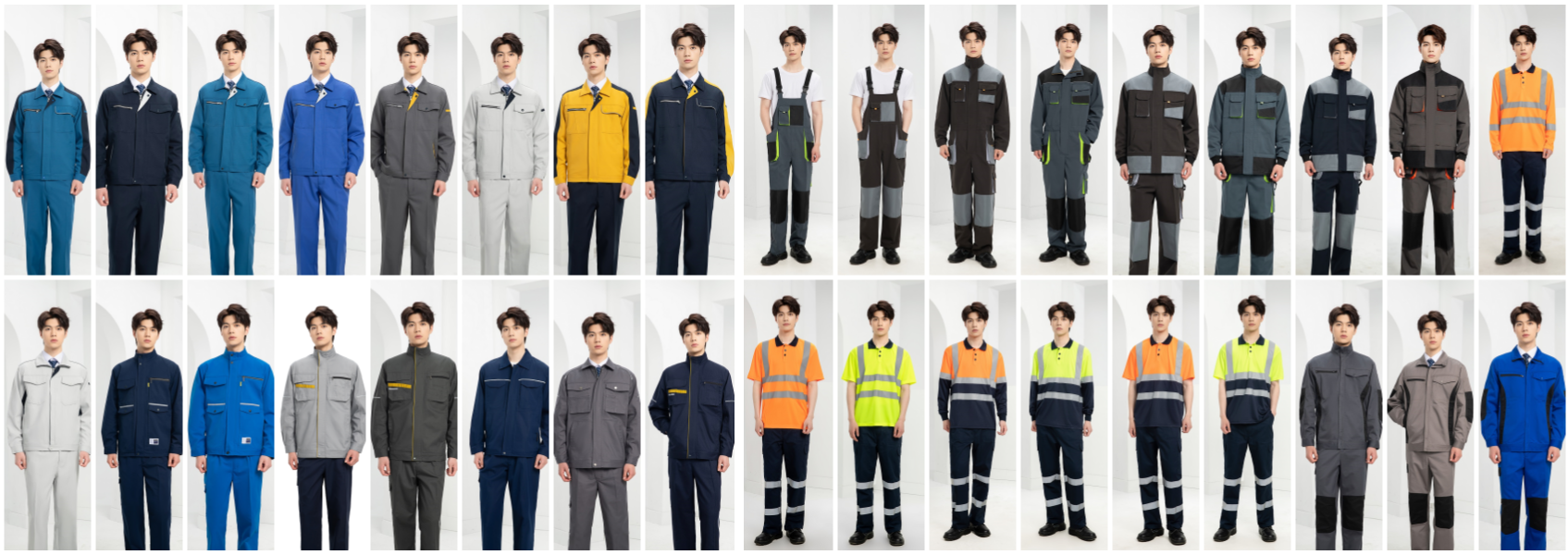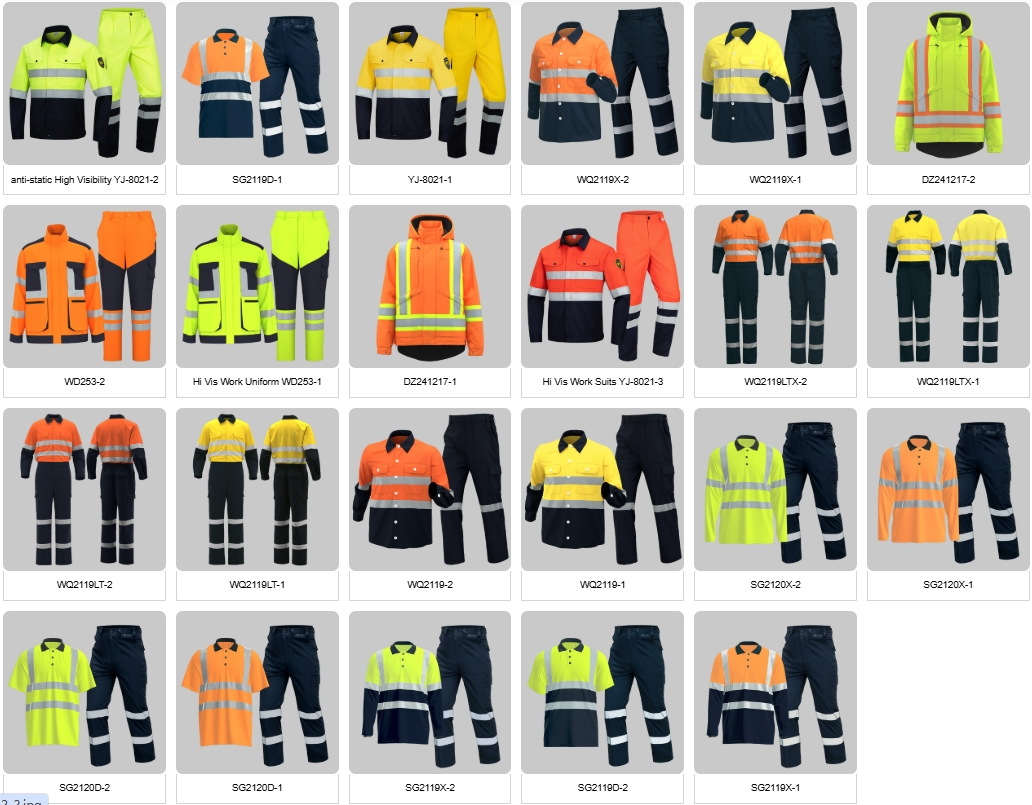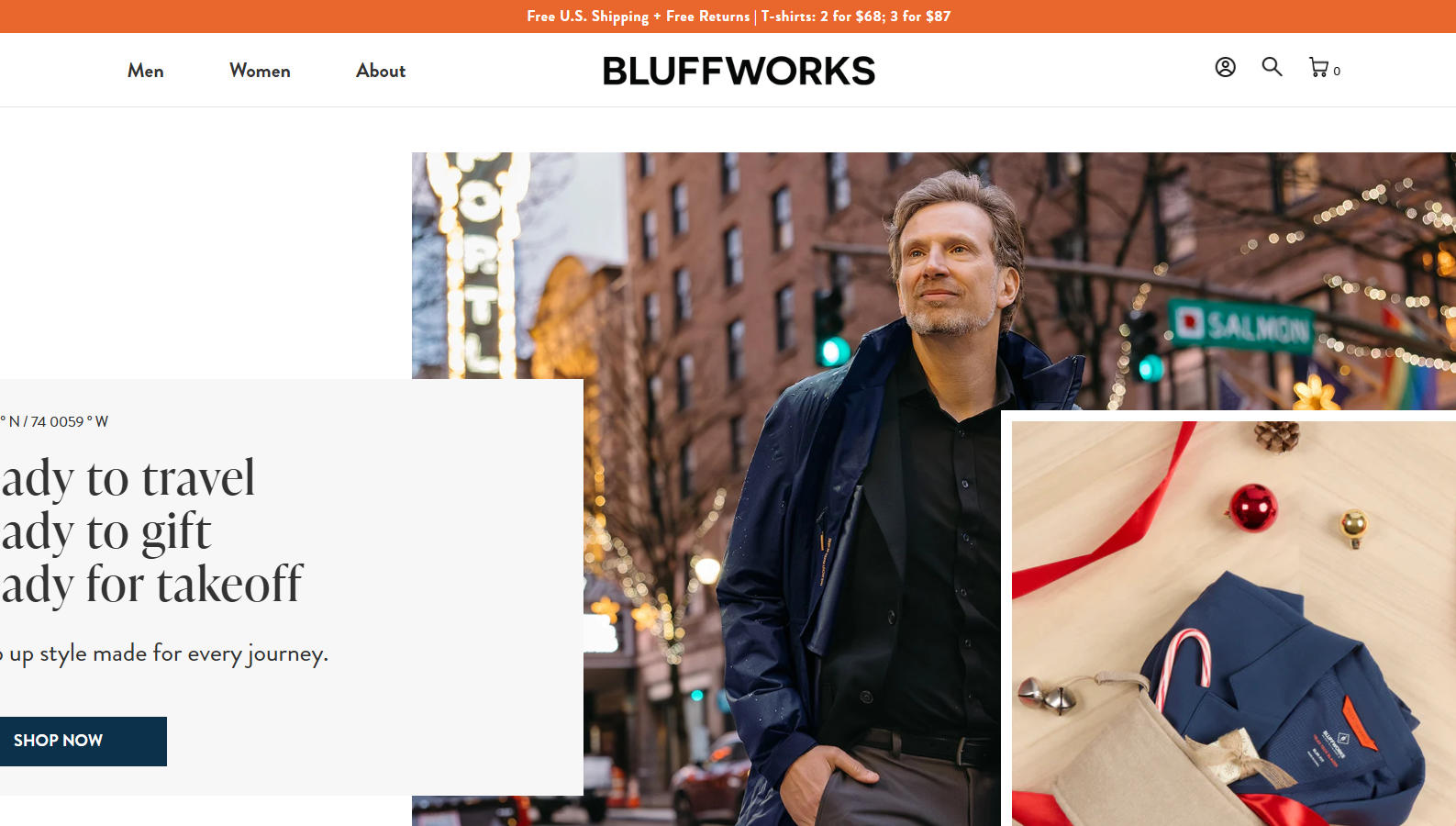Buying clothes directly from China is not only possible but also extremely common for both individuals and businesses. The process can be very cost-effective, but it comes with its own set of challenges.
Here’s a complete guide to buying clothes directly from China, broken down for different types of buyers.
1. For Individual Shoppers (B2C)
If you’re an individual looking to buy single items or small batches for personal use, you’ll use retail-focused e-commerce platforms.
Top Platforms for Individuals:
-
AliExpress: This is the most popular platform for individual shoppers. It’s like an “Amazon” for Chinese sellers, offering a vast range of clothing at very low prices.
-
Pros: Extremely low prices, huge variety, buyer protection policies.
-
Cons: Long shipping times (2-8 weeks is common), quality can be inconsistent, sizing often runs small and is based on Asian standards.
-
-
Shein: A fast-fashion giant that has become immensely popular worldwide.
-
Pros: Trendy styles, very low prices, frequent new arrivals, better quality control than AliExpress for its own brand.
-
Cons: Ethical concerns regarding labor and sustainability, sizing can be inconsistent.
-
-
Temu: A newer platform that offers rock-bottom prices by connecting consumers directly to manufacturers.
-
Pros: Arguably the lowest prices, frequent discounts and promotions.
-
Cons: Quality is often very low, shipping can be slow, product images can be misleading.

polyester cotton labor workwear
-
Key Considerations for Individual Shoppers:
-
Sizing: Always check the size chart for each item. Do not assume your usual size. Measure yourself and compare to the chart provided.
-
Shipping Costs & Time: Many listings offer “free shipping,” but this is usually the slowest method (e.g., Cainiao, China Post). Faster shipping (e.g., ePacket, DHL) costs extra.
-
Reviews are Your Best Friend: Always look at customer reviews, especially those with photos. This is the most accurate way to judge real-world quality, color, and fit.
-
Return Policies: Returns are often difficult and expensive. Assume most purchases are final unless the item never arrives or is grossly misrepresented.
2. For Businesses & Bulk Buyers (B2B)
If you’re a business, retailer, or looking to start your own brand, you’ll use wholesale and manufacturing platforms.
Top Platforms for Businesses:
-
Alibaba.com: The world’s largest B2B platform. This is where you connect with factories and wholesalers for bulk orders.
-
Pros: Connect directly with manufacturers, low per-unit costs for bulk orders, custom manufacturing (e.g., with your logo).
-
Cons: High Minimum Order Quantities (MOQs) (e.g., 50-500 pieces per design), requires more communication and due diligence.
-
-
Made-in-China.com: Another major B2B platform, known for a high number of verified manufacturers.
-
Pros: Good for finding reputable factories, strong quality control from some suppliers.
-
Cons: Similar to Alibaba, with high MOQs and a need for careful vetting.
-
The B2B Process (Step-by-Step):
-
Search & Contact: Find suppliers for your product and send inquiries.
-
Request Quotes (RFQ): Provide details on quantity, customization, and target price.
-
Negotiate & Verify: Negotiate price, MOQ, and payment terms. Verify the supplier is legitimate.
-
Request Samples: THIS IS CRUCIAL. Always pay for a production sample to check quality, fabric, and sizing before ordering in bulk.
-
Place Order: Once the sample is approved, place your order. A 30% deposit is standard, with the balance paid before shipment.
-
Arrange Shipping: For bulk orders, you will use sea freight (cheaper, slower) or air freight (expensive, faster). You will likely need to hire a freight forwarder to handle logistics and customs in your country.
Key Challenges & How to Overcome Them
| Challenge | How to Manage It |
|---|---|
| Quality Uncertainty | For B2C: Rely heavily on customer review photos. For B2B: Always, always order a physical sample before production. |
| Sizing Issues | For B2C: Scrutinize the size chart for every single item. For B2B: Provide the factory with your own detailed size specifications or grade rules. |
| Long Shipping Times | Plan ahead. For B2C, be patient. For B2B, factor 30-60 days for production + 30-45 days for sea freight into your timeline. |
| Communication & Language | Use simple, clear English. On B2B platforms, suppliers are used to dealing with international clients. |
| Import Duties & Taxes | This is a key consideration for businesses. You will have to pay import duties and taxes (like VAT) when the goods arrive in your country. Research your country’s regulations or hire a customs broker. |
| Payment Security | For B2C: Use platforms with buyer protection (AliExpress, PayPal). For B2B: Use secure methods like Alibaba’s Trade Assurance or Letters of Credit (L/C) for large orders. |
Final Verdict
Yes, you can buy clothes directly from China, and it can be a great way to save money or start a business.
-
If you are an individual: Start with AliExpress or Shein. Be a smart shopper: read reviews, check size charts, and be patient with shipping.
-
If you are a business: Start on Alibaba.com. Be prepared to invest time in communication, pay for samples, and understand the complexities of bulk ordering and international logistics.
For some insightful reads, we’ve curated a list of recommended articles just for you:
- How do I find a product manufacturer in China?
- How to find cheap manufacturers in China? A guide to avoid pitfalls
- How to complete your first purchase of workwear in China safely and efficiently
- Custom uniforms for Small business
- Choosing the Best Industrial Work Suit
- Ultimate Guide: Best Wholesale Work Clothes in China
- Cut & Sew Customization
- Logo Customize Clonthing Manufacturer
- Labour Uniform manufacturer
- Labor clothing uniform for sale
- Working clothes china wholesale
Can’t find what you’re looking for? Feel free to contact us. We’re here to help 24/7.





